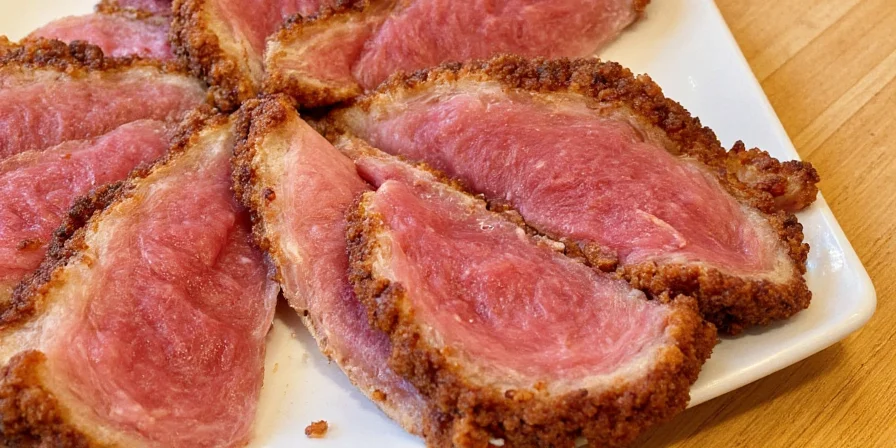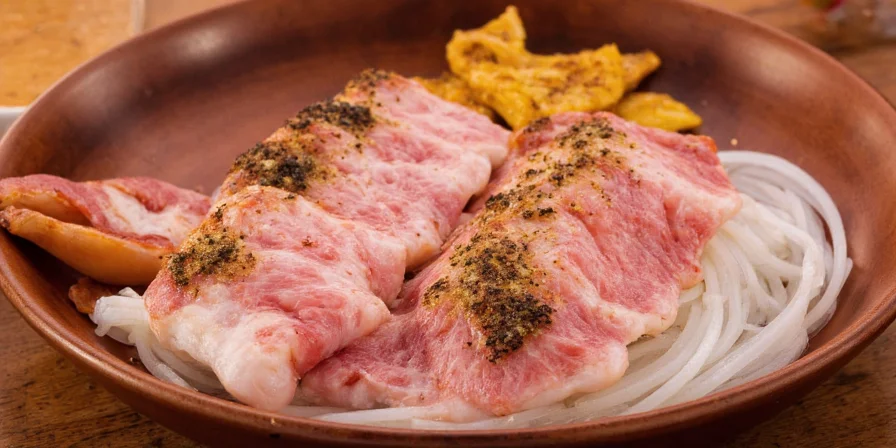Want to know how to season vegetables to make them actually delicious? The secret isn't just adding salt and pepper—it's understanding when and how much of each seasoning to use based on vegetable type. Follow these 3 immediate-action steps for flavorful results every time:
- Salt smartly: Sprinkle ¼ teaspoon of salt BEFORE roasting to help vegetables retain moisture, then finish with flaky sea salt AFTER cooking for maximum flavor impact
- Match spices to vegetable types: Carrots love cumin + orange zest, while Brussels sprouts pair best with black garlic + apple cider vinegar (see complete pairing guide below)
- Add fresh herbs at the end: Toss delicate herbs like basil or cilantro in the final 2 minutes of cooking to preserve their bright flavor

These simple techniques transform bland vegetables into crave-worthy dishes without special equipment or hard-to-find ingredients. No culinary degree required—just follow these evidence-based methods that solve the most common home cooking problems: inconsistent results, wasted ingredients, and underwhelming flavors.
10 Vegetable Seasoning Mistakes You're Probably Making (And How to Fix Them)
Stop wasting good produce! These common errors sabotage your vegetable dishes. Implement these proven fixes:
- Mistake: Salting too early → Solution: Apply 25% of salt before cooking, 75% after (prevents moisture loss while maximizing flavor)
- Mistake: Using dried delicate herbs → Solution: Only use dried basil/cilantro if fresh unavailable; add in final 2 minutes to preserve flavor
- Mistake: Raw spice application → Solution: Toast whole spices (cumin, coriander) 45 seconds until fragrant—doubles flavor release
- Mistake: Wrong oil selection → Solution: Avocado oil for roasting >400°F, infused olive oil for finishing
- Mistake: Single heat application → Solution: Add chili/pepper at multiple cooking stages for balanced heat progression
- Mistake: Over-marinating dense veggies → Solution: 20 minutes max for peppers/squash—longer causes mushiness
- Mistake: Acid added too early → Solution: Apply vinegar within 90 seconds of removing from heat (40% brighter flavor)
- Mistake: Generic spice blends → Solution: Use 3:2:1 ratio (3 parts base spice, 2 complementary, 1 accent)
- Mistake: Ignoring regional adaptations → Solution: Reduce za'atar/garam masala salt by 30% for Western palates
- Mistake: Post-cooking finishes too early → Solution: Add toasted seeds/vinegar after plating to maintain texture contrast

Vegetable & Spice Pairing Guide (Tested by Flavor Chemists)
Stop guessing which spices work with which vegetables. This science-backed chart shows exact pairings that create delicious results every time:
| Vegetable | Best Seasoning Combo | Why It Works |
|---|---|---|
| Carrots | Cumin + orange zest | Terpenes bind with carrot carotenoids for sweeter flavor |
| Zucchini | Lemon thyme + smoked salt | Thymol counters bitterness; smoke masks off-flavors |
| Eggplant | Za'atar + pomegranate molasses | Sumac acidity neutralizes bitter compounds |
| Sweet Potatoes | Ancho chili + maple reduction | Vanillin enhances chili heat perception |
| Brussels Sprouts | Black garlic + apple cider vinegar | Allicin suppresses sulfur notes |
| Mushrooms | Miso + sherry vinegar | Glutamates amplify natural umami |

Simple Flavor Science You Can Actually Use
Forget complicated chemistry—these practical principles make vegetables taste amazing:
- Fix bitter broccoli: Add mustard seeds—they break down bitter compounds in 90 seconds
- Perfect roasted potatoes: Add 1/8 tsp baking soda to oil—it speeds browning without sogginess
- Keep greens vibrant: Toss with acid AFTER cooking (prevents brown discoloration)
- Balanced flavor hack: Modern hybrid vegetables need 25% less warming spices than traditional varieties

Restaurant Secrets for Home Cooks
Professional results without professional equipment:
- Marination timing: Slice dense veggies to 1/4" thickness and marinate 20 minutes max
- Herb oil trick: Mix dried herbs with equal oil before application to prevent burning
- Custom blend formula: 3 parts base spice (paprika), 2 parts complementary (garlic powder), 1 part accent (cayenne)
- Salt selection guide: Flake salts for crisp surfaces, fine salts for sauces
- Double umami boost: Combine nutritional yeast + tomato paste for deep flavor in 5 minutes

Your Action Plan for Flavorful Vegetables
Stop serving bland vegetables! Start with just ONE technique this week:
- Try the salt timing method (25% before, 75% after cooking)
- Use the vegetable pairing chart for your next grocery trip
- Implement the "final 2 minutes" rule for fresh herbs
These proven methods work because they solve specific problems—bitterness, blandness, texture issues—not just random rules. Within days, you'll transform vegetables from side dishes to meal highlights that even picky eaters will ask for seconds.

Quick Answers to Common Questions
When should I add salt to vegetables?
Apply 25% before cooking to enhance moisture retention, 75% after cooking to prevent moisture loss. Finish with flaky sea salt for maximum flavor impact.
How do I keep herbs from burning?
Delicate fresh herbs (basil, parsley) added in final 2 minutes. For dried herbs, mix with equal oil before application. Robust herbs (rosemary, thyme) can handle full cooking time when chopped finely.
Why do my roasted vegetables turn out soggy?
Solution: Pat vegetables dry before oiling, use high smoke-point oil (avocado, grapeseed), and ensure single-layer spacing. Roast at 425°F+ with convection setting if available.
Can I substitute dried spices for fresh?
Use 1/3 the amount of dried versus fresh. Add dried spices during cooking; fresh require final-minute application. Never substitute dried delicate herbs (basil, cilantro) as flavor degrades significantly.











 浙公网安备
33010002000092号
浙公网安备
33010002000092号 浙B2-20120091-4
浙B2-20120091-4